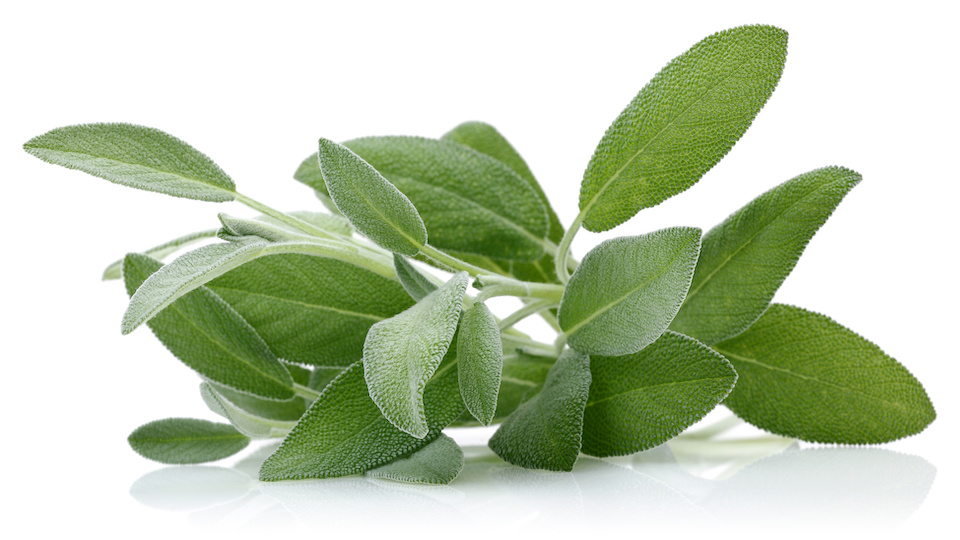Inflammation is your body’s natural protective response to an injury or illness and can help speed up healing and encourage your body to repair itself. This is referred to as acute inflammation and is a healthy, helpful process. However, chronic inflammation, when your body is continually inflamed and at a heightened state of emergency for an extended period, can be incredibly detrimental. Rather than protecting your body, inflammation has suddenly become the enemy and can lead to pain and a host of health issues.
Chronic inflammation stems from a number of lifestyle factors including diet, pollution, stress, and carrying extra weight and can cause heart disease, cancer, arthritis, and asthma and a number of other serious conditions Though many people turn to nonsteroidal anti-inflammatory drugs (NSAIDS) such as ibuprofen to alleviate pain associated with chronic inflammation, these over-the-counter drugs usually only mask the problem. The following plants can be grown right in your backyard and can help reduce inflammation…naturally.
Turmeric
No list of inflammation busting plants would be complete without turmeric. Though turmeric is most commonly used as a ground spice, it is grown as a root similar to ginger. Because of the curcumin in turmeric, this root has been utilized for over 4,000 years as a potent treatment for numerous health conditions such as digestive disorders, wounds and infections, and cancer. But it is perhaps most well-known for its ability to bust inflammation.
Turmeric is best grown in pots so you can choose to keep it indoors or place it on a patio or balcony. This root is not only incredible for your health, but the plant is also quite beautiful and adds a unique tropical element to your decor. This root is grown from fresh turmeric rhizomes that can be found in most organic food stores or some local nurseries.
How to grow turmeric:
- Choose a large pot that allows room for the plant to grow
- Use a light, loamy, well-draining soil
- Break each rhizome into small pieces with each having a few buds
- Plant 2 inches into the soil with buds facing up
- Water well
- Be sure to keep in a warm, humid climate as this is a plant native to tropical environments
- Fertilize every month with a general purpose fertilizer
- It takes 8-10 months to mature, so it is a good idea to have many turmeric plants at once.
- Once the leaves are yellow, and the stem starts to dry, dig up the entire plant and enjoy your fresh turmeric roots.
Chili peppers
Any chili pepper such as jalapeno, cayennes, and habanero all contain an essential natural chemical known as capsaicin. This chemical gives the peppers their heat and has been shown to have potent anti-inflammatory effects.
Tips for growing chili peppers:
- Start indoors from seed about 8-12 weeks before the last frost
- Choose a location that receives full sunlight
- Be sure to mix organic compost into the soil before planting
- Space plants 18-36 inches apart
- Keep soil consistently moist but not soggy as this could lead to root rot
Incorporate your fresh chili peppers into any number of dishes to receive their full anti-inflammatory benefits.
Sage
Sage has been used for centuries as a natural herbal medicine to protect the body against many threats, including oxidative stress, free radical damages, angiogenesis, inflammation, bacterial and virus infection. Carnosic acid and carnosol are the main molecules that make this fragrant herb an anti-inflammatory powerhouse. Sage has also been shown to protect against neurological conditions caused by inflammation such as Alzheimer’s.
Tips for growing sage:
- Growing sage from seed can be tricky, so it is best to start with young transplants from a local nursery
- Plant in medium to full sun
- Sage thrives in sandy, well-drained, loamy soil that is not over fertilized
- Wait until the ground is completely dry and then give it a thorough watering
- Clip the leaves off any time to harvest
Sage is an excellent addition to many dishes but pairs exceptionally well with meat such as pork, beef, duck, sausage, and chicken.
Other plants you can grow at home to help reduce inflammation:
- Tomatoes
- Spinach
- Kale
- Collards
- Strawberries
- Blueberries
- Cherries
- Oranges
What other plants do you love to help fight inflammation? Let us know in the comments below!
-Taylor Ramsey




